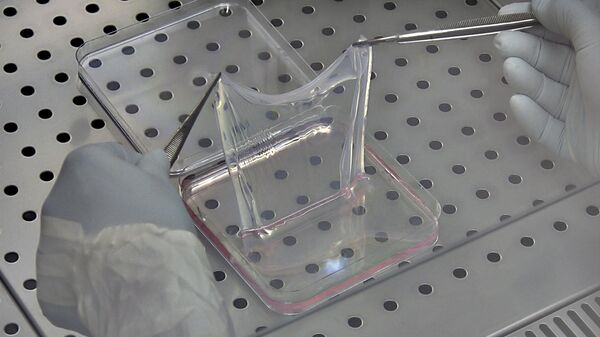The team published the results of its latest trial in the journal Biofabrication – putting it one step closer to actual use in burn clinics, which now has limited options to replace damaged skin. The most common is a skin graft, which involves removing damaged tissue and replacing it with healthy skin from another part of the body, however it is not always an option.
"In cases where a patient has extensive full thickness burns – which destroy both the upper and lower layers of the skin – there is not always sufficient healthy skin left to use," researcher Axel Günther explained in a press release. He noted that other treatments - such as collagen scaffolds and in vitro skin substitutes – also cannot be applied universally and have their limits and downsides.
The device creates an alternative method by depositing strips of a special bioink directly onto a wound. This bioink contains healing proteins as well as mesenchymal stromal cells, which assist the body's immune system and encourage new cell growth.
"We found the device successfully deposited the 'skin sheets' onto the wounds uniformly, safely and reliably, and the sheets stayed in place with only very minimal movement," researcher Marc Jeschke said in the press release.
"Most significantly, our results showed that the [mesenchymal stromal cell]-treated wounds healed extremely well," he continued, "with a reduction in inflammation, scarring, and contraction compared with both the untreated wounds and those treated with a collagen scaffold."

